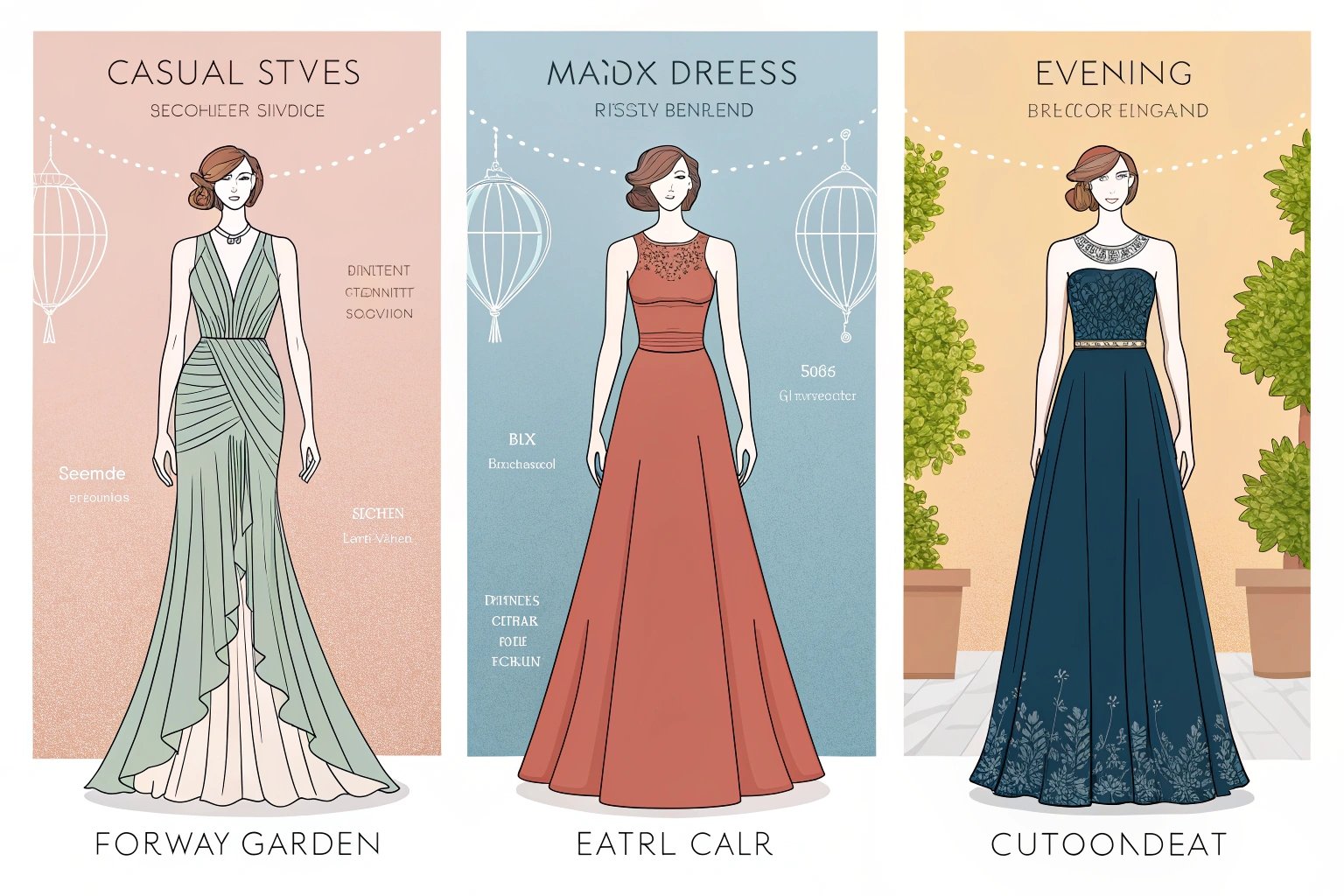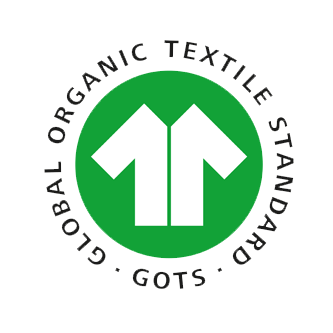When it comes to rest, comfort is shaped by more than the mattress or pillow. The fabric of your sleepwear and bedding also plays a huge role.
Many buyers ask us at Xzapparel: what is the most breathable fabric for sleep?
The most breathable fabrics for sleep include cotton, linen, bamboo, silk, and lightweight wool. These fabrics allow air circulation, wick away moisture, and help regulate body temperature throughout the night.
At Xzapparel, we work with wholesale buyers who prioritize these fabrics to create collections that maximize comfort while maintaining durability.
Why is breathability important for sleep fabrics?
Sleep quality is strongly tied to temperature regulation. Overheating often leads to disrupted rest.
Breathable fabrics allow air to move freely through fibers, wick moisture away from the body, and prevent heat buildup, keeping sleepers cool and dry.
Factors affecting breathability
- Fiber type: Natural fibers usually outperform synthetics
- Weave: Looser weaves promote airflow
- Moisture absorption: Wicking helps regulate sweat
| Factor | Impact on Sleep |
|---|---|
| Fiber type | Determines airflow capability |
| Weave density | Controls ventilation |
| Moisture wicking | Reduces discomfort |
This is why choosing the right fabric is critical for sleepwear and bedding.
Is cotton the best fabric for sleep?
Cotton remains one of the most widely used fabrics for sleep.
Cotton is breathable, lightweight, and soft, making it an excellent choice for sleepwear and bedding, especially in warm climates.
Benefits of cotton
- High breathability
- Soft and gentle on skin
- Absorbs moisture effectively
Limitations of cotton
- Can retain moisture if not blended
- Wrinkles easily compared to synthetics
| Cotton Type | Breathability | Sleepwear Use |
|---|---|---|
| Regular cotton | High | Everyday sleepwear |
| Organic cotton | High | Sustainable collections |
| Cotton blends | Medium | Balanced breathability & durability |
For wholesale buyers, cotton remains a core option because it suits multiple demographics and markets.
How does linen perform for sleep?
Linen is another top contender in breathable fabrics.
Linen is extremely breathable and moisture-wicking, making it one of the best fabrics for hot climates and summer collections.
Benefits of linen
- Superior airflow due to natural fiber structure
- Highly moisture-absorbent
- Becomes softer with each wash
Limitations
- Wrinkles easily
- May feel coarse initially before softening
| Fabric | Strength for Sleep |
|---|---|
| Linen | Excellent airflow and moisture absorption |
Linen is often positioned as a premium sleepwear or bedding fabric, offering a luxury appeal with long-term durability.
Is bamboo fabric good for sleeping?
Bamboo is a growing trend in breathable fabrics.
Bamboo fabric is naturally breathable, eco-friendly, and has excellent moisture-wicking abilities, making it highly suitable for sleep.
Benefits of bamboo
- Naturally antibacterial
- Soft, smooth texture
- Strong moisture absorption
Limitations
- Can be more expensive
- Durability depends on weave quality
| Feature | Bamboo Benefit |
|---|---|
| Antibacterial | Reduces odor and irritation |
| Breathability | Keeps body cool |
| Sustainability | Renewable resource |
For buyers seeking sustainable sleepwear, bamboo is a strong choice.
Is silk breathable for sleep?
Silk is often associated with luxury, but how does it perform for breathability?
Silk is lightweight, smooth, and naturally temperature-regulating, making it breathable while also adding a premium sleepwear experience.
Benefits of silk
- Smooth, skin-friendly texture
- Helps regulate body temperature
- Hypoallergenic qualities
Limitations
- Expensive compared to cotton or bamboo
- Requires delicate care
Silk works especially well for high-end sleepwear collections where buyers want to add luxury appeal.
What about wool for sleep?
Wool may seem too heavy for sleep, but lightweight versions are excellent.
Merino wool is breathable, moisture-wicking, and regulates temperature, making it suitable for both cool and warm climates.
Benefits of wool
- Keeps body at a stable temperature
- Resists odors naturally
- Provides durability and comfort
Limitations
- Can feel warm in humid conditions
- Requires proper finishing to avoid itchiness
| Wool Type | Breathability for Sleep |
|---|---|
| Merino wool | High |
| Wool blends | Medium |
For buyers, merino wool offers differentiation in premium collections.
How do synthetic fabrics compare?
Synthetic fabrics are not as breathable as natural ones.
Polyester and nylon tend to trap heat and moisture, making them less suitable for sleepwear, though performance versions with mesh structures improve breathability.
| Fabric | Breathability | Sleepwear Use |
|---|---|---|
| Polyester | Low | Blended fabrics only |
| Nylon | Low-medium | Sports sleepwear, not ideal for rest |
This is why synthetics are often blended with natural fibers rather than used alone.
How do fabric blends improve breathability for sleep?
Blends balance performance and comfort.
Combining natural and synthetic fibers creates fabrics that maintain breathability while improving durability and shape retention.
Common blends for sleepwear
- Cotton-polyester → Everyday sleepwear
- Bamboo-cotton → Sustainable and soft
- Wool-silk → Premium blends for luxury
| Blend | Benefit for Sleep |
|---|---|
| Cotton-poly | Balanced cost and breathability |
| Bamboo-cotton | Eco-friendly and soft |
| Wool-silk | Luxury with temperature control |
For wholesale sourcing, blends allow flexibility across collections.
What role does fabric weight play in breathability?
Even breathable fibers can feel heavy if fabric density is high.
Lightweight fabrics with loose weaves are generally more breathable than heavyweight, tightly woven fabrics.
Fabric weight examples
- Lightweight cotton voile → Excellent airflow
- Medium-weight jersey → Moderate breathability
- Heavy twill → Low breathability
This makes weight a critical factor when selecting fabrics for sleepwear.
Are sustainable breathable fabrics available?
Sustainability is increasingly important in fabric sourcing.
Organic cotton, bamboo, hemp, and recycled fabrics provide breathable, eco-friendly options for sleepwear.
Sustainable options
- Organic cotton → No harmful chemicals
- Bamboo → Renewable and biodegradable
- Hemp → Durable and breathable
- Recycled fabrics → Lower environmental impact
At Xzapparel, we work with suppliers offering certified sustainable fabrics to align with global buyer expectations.
Which breathable fabrics are best for different climates?
Breathability needs change with climate.
| Climate Type | Recommended Fabrics |
|---|---|
| Hot & Humid | Linen, bamboo, cotton voile |
| Temperate | Cotton, bamboo blends |
| Cold | Merino wool, silk blends |
This ensures buyers can tailor their fabric selection to customer needs worldwide.
How should brands market breathable sleepwear?
Brands can market breathable sleepwear by highlighting comfort, temperature regulation, and eco-friendly benefits, appealing to health-conscious and sustainability-driven customers.
Marketing strategies
- Showcase comfort and sleep quality improvement
- Emphasize natural fabric benefits
- Offer eco-certifications for credibility
Styling strategies
- Create lightweight collections for summer
- Add premium lines with silk and wool blends
- Provide size-inclusive options for broad appeal
Conclusion
Breathable fabrics are essential for restful sleep. Cotton, linen, bamboo, silk, and lightweight wool offer the best options, each with unique strengths.
For wholesale buyers, choosing breathable materials means aligning with customer demands for comfort and sustainability.
At Xzapparel, we specialize in sourcing and producing breathable sleepwear fabrics that balance function, fashion, and eco-conscious practices, helping brands deliver better sleep solutions worldwide.









